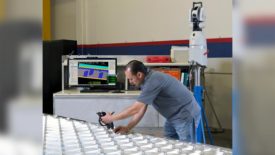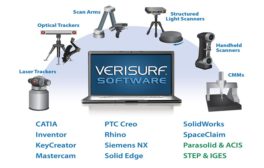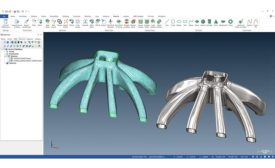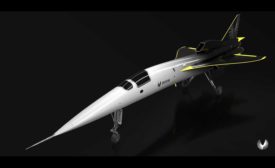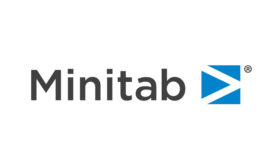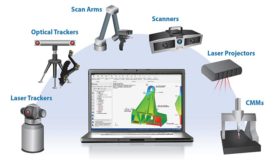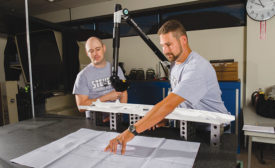Home » Keywords: » model-based inspection
Items Tagged with 'model-based inspection'
ARTICLES
Measurement
Measuring and verifying the thickness of features is more critical than ever before.
Read More
Boom Breaks the Barrier on Enterprise Measurement Solution
It improves quality, increases speed to market, and reduces cost.
February 6, 2020
Reverse Engineering for a Model-Based World
The list of reverse engineering applications is long and will continue to grow as engineers create new and creative ways to use the technology.
November 1, 2019
Model-Based Definition Puts GD&T Data to Work
Quality inspection used to be a disparate process isolated in a lab. Today it is much more integrated with the production floor through in-process inspection and open CAD-based measurement software.
March 8, 2018
Stevens Manufacturing Conquers Quality with Dynamic Measurement Duo
Portable, multi-function CMM ensures dimensional integrity of every part.
April 1, 2016
Stay in the know with Quality’s comprehensive coverage of
the manufacturing and metrology industries.
eNewsletter | Website | eMagazine
JOIN TODAY!Copyright ©2024. All Rights Reserved BNP Media.
Design, CMS, Hosting & Web Development :: ePublishing
